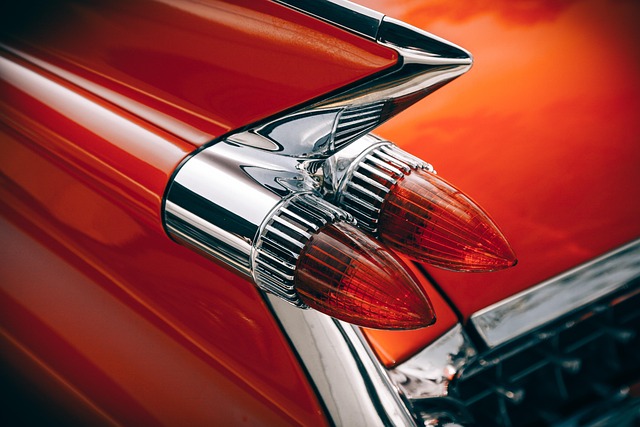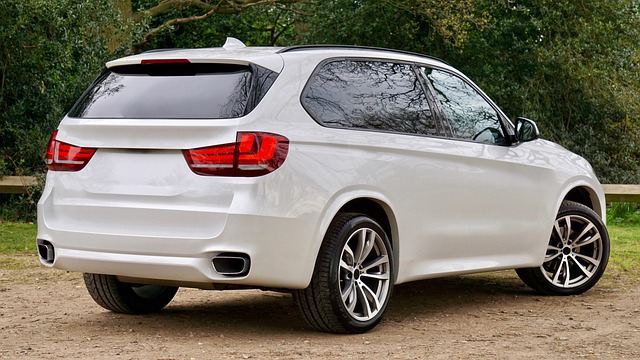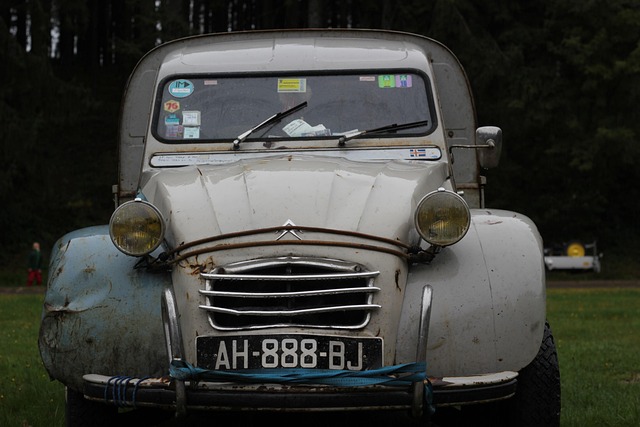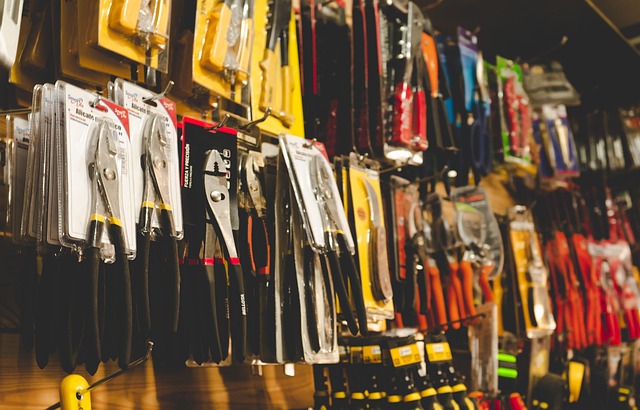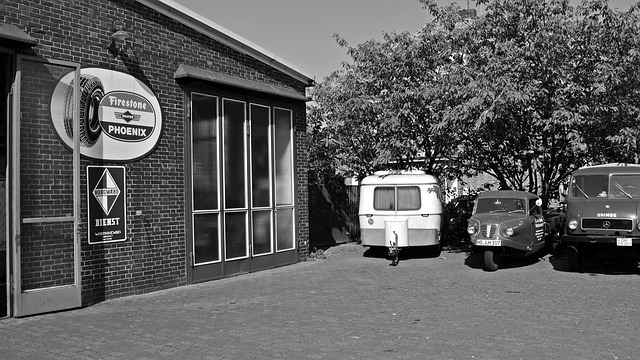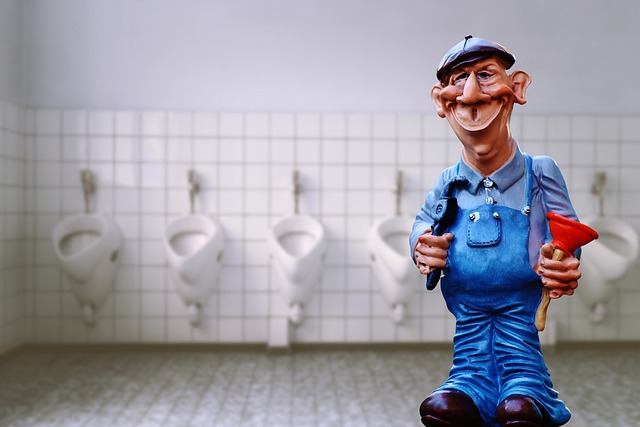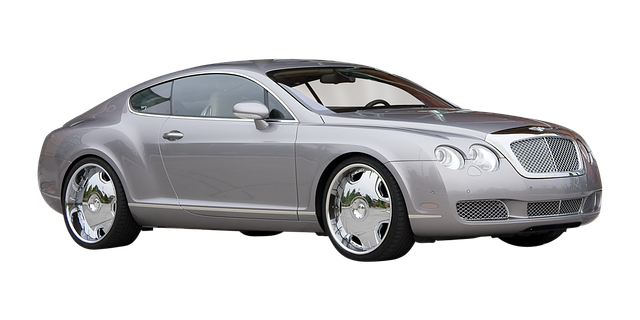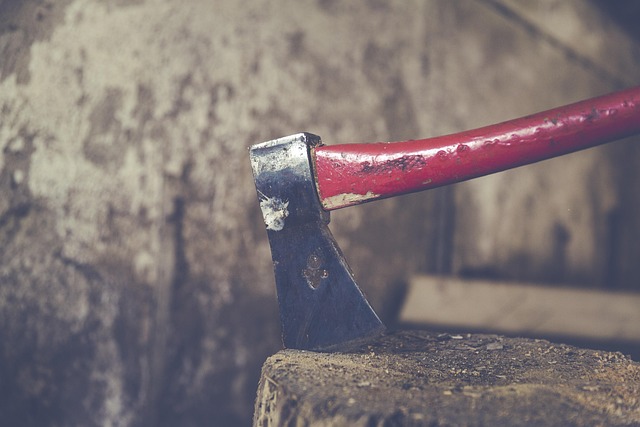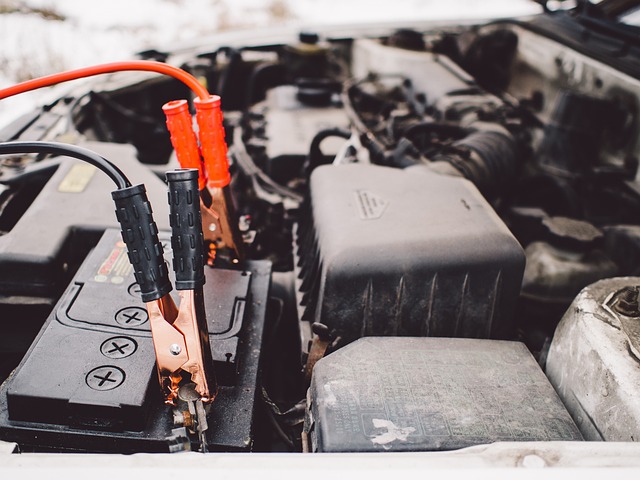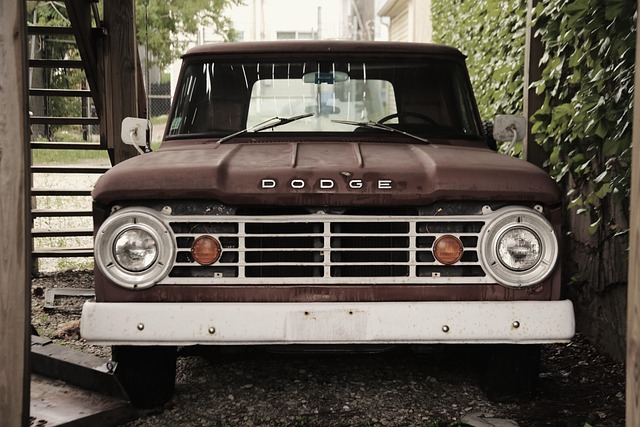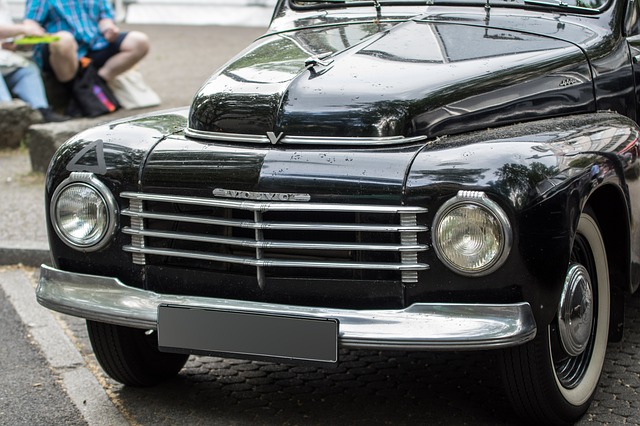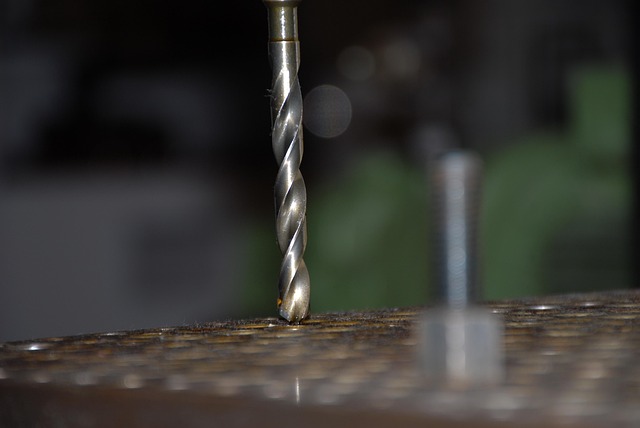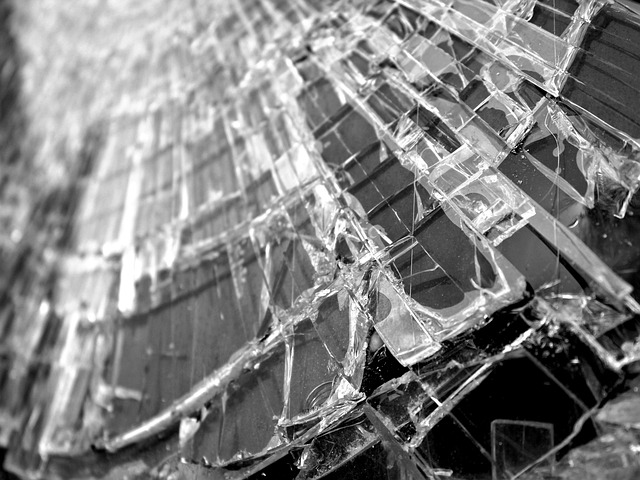Metal fabrication collision repair is a specialized process that restores damaged vehicle frames to their original condition, ensuring both structural integrity and aesthetic appeal. Skilled technicians use advanced equipment for precise cutting, welding, and forming after assessing and disassembling affected components. Modern techniques allow accurate replication of the original design, achieving robust frame alignment and seamless integration. This meticulous craftsmanship meets safety standards while preserving pre-accident conditions, making it crucial for top-notch car collision repair outcomes.
Metal fabrication collision repair is a crucial process that underpins frame restoration, ensuring structural integrity and aesthetic precision. This article explores the intricate world of metal fabrication techniques used in collision repair, highlighting their role in restoring damaged vehicle frames. We delve into the precision-driven nature of frame restoration, uncovering the benefits and challenges associated with this specialized craft. From understanding advanced fabrication methods to appreciating their impact on safety and quality, this guide offers valuable insights for automotive enthusiasts and professionals alike.
- Understanding Metal Fabrication Collision Repair Techniques
- The Role of Precision in Frame Restoration
- Benefits and Challenges: Restoring Frames with Metal Fabrication Collision Repair
Understanding Metal Fabrication Collision Repair Techniques
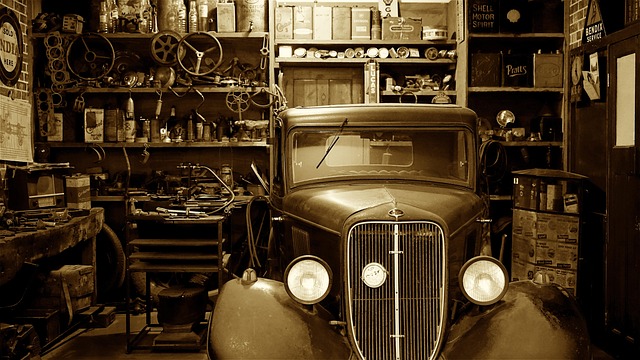
Metal fabrication collision repair is a specialized process that involves restoring damaged vehicle frames to their original condition. This technique is crucial for auto body repair and auto frame repair, ensuring vehicles are safe to drive and aesthetically pleasing. Skilled technicians use advanced equipment and precise cutting, welding, and forming methods to mend the frame. The process begins with assessing the extent of damage, disassembling affected components, and creating custom replacement parts if necessary.
Through meticulous planning and execution, these experts can accurately replicate the original design, addressing structural integrity issues common in car collision repair. Modern metal fabrication techniques enable precise alignment and seamless integration of repaired sections, resulting in a robust and reliable vehicle frame. This level of craftsmanship is essential for achieving top-notch car collision repair outcomes, ensuring vehicles meet safety standards while retaining their pre-accident condition.
The Role of Precision in Frame Restoration
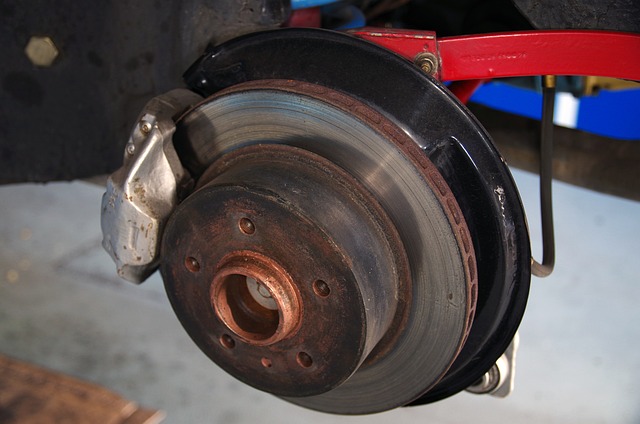
In the intricate process of frame restoration for vehicles involved in collisions, precision plays a pivotal role. Metal fabrication collision repair techniques are instrumental in achieving this level of accuracy. Skilled technicians employ specialized equipment and tools to meticulously reshape and realign damaged car frames, ensuring they return to their original specifications. This meticulous approach is crucial for maintaining the structural integrity of the vehicle, a fundamental aspect of safe driving.
The precision involved extends beyond mere measurements; it encompasses the art of metalworking. Expertise in metal fabrication collision repair allows for precise cutting, bending, and welding of frame components, recreating the car’s original design with meticulous care. This level of craftsmanship is essential when aiming to restore not just the physical structure but also the overall quality and value of the vehicle, encompassing aspects like auto detailing and car paint repair.
Benefits and Challenges: Restoring Frames with Metal Fabrication Collision Repair
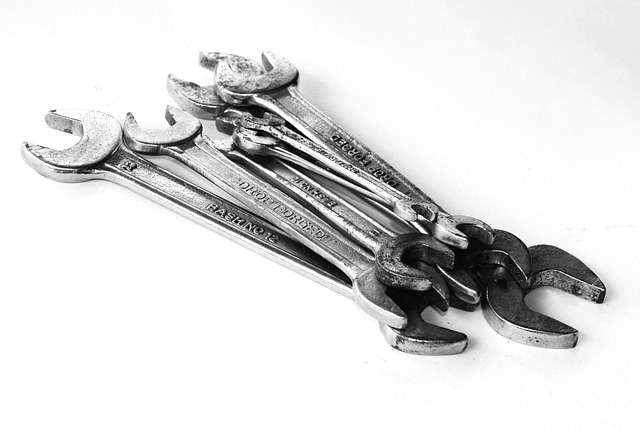
Restoring vehicle frames with metal fabrication collision repair offers several significant advantages for automotive enthusiasts and professional mechanics alike. This specialized technique allows for precise reconstruction of damaged car bodywork, ensuring that every panel is accurately aligned and structurally sound. The process leverages advanced metalworking skills to create or replace components, resulting in a seamless blend between the old and new. This not only enhances the structural integrity of the vehicle but also preserves its aesthetic appeal, making it ideal for classic car enthusiasts aiming to restore their vehicles to their former glory.
However, metal fabrication collision repair for car body restoration isn’t without challenges. It demands extensive knowledge and experience in metallurgy, welding, and precision measurement. Mechanics must carefully assess the extent of damage, select the appropriate materials, and account for potential issues like rust or previous repairs. Moreover, the intricate nature of the work requires specialized equipment and facilities, making it a more time-consuming and costly process compared to some other automotive repair methods. Yet, these challenges are surmountable with the right expertise and resources, ensuring that metal fabrication collision repair remains a powerful tool in the field of automotive repair.
Metal fabrication collision repair techniques play a pivotal role in frame restoration, offering both precision and durability. By understanding these advanced methods, collision centers can provide top-tier frame repairs, ensuring vehicles return to their pre-accident condition. This specialized process not only supports structural integrity but also preserves the vehicle’s overall value and safety. Embracing metal fabrication collision repair is a step towards revolutionizing frame restoration practices in the automotive industry.
